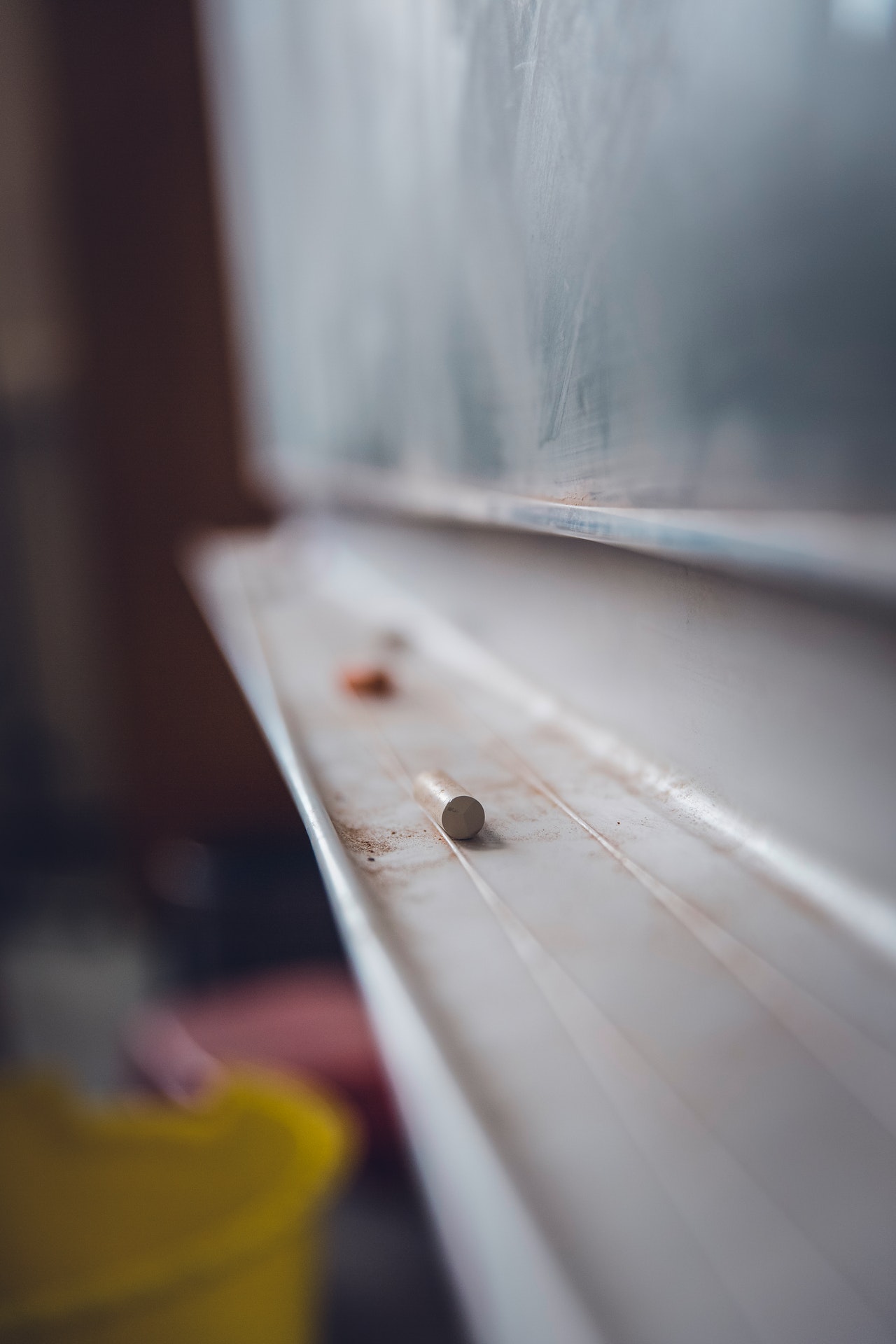P.B.S. Pinchback
The First Black Governor of Louisiana
by Leslie D. Burke, MLIS (editorial support from Dr. Fari Nzinga and Dr. Regina Stevens-Truss)
The Kalamazoo College Library subscribes to Accessible Archives, where in fall 2021, was published a white paper on Pinckney Benton Stewart (P.B.S.) Pinchback – the first Black Governor of the state of Louisiana!
Pinckney Benton Stewart Pinchback (known by his contemporaries as P.B.S. Pinchback) was at the helm as the governor of the state of Louisiana — for only 30 days (from December 9, 1872 to January 13, 1873). During the contentious political struggles of the Reconstruction, P.B.S. Pinchback and the Republican party were embroiled in the debate around Negro rights, once the institution of slavery had been abolished through armed struggle. During that time period, Republicans were typically the anti-slavery party with the Democrats generally on the other side, and political corruption equally divided.
P.B.S. Pinchback was quite a character by all accounts, having both successes and failures in his life, with those that admired him and those that thought him somewhat of a scoundrel. Major William Pinchback (a plantation owner in Virginia) and an enslaved woman he loved named Eliza Stewart (an enslaved woman who was the child of a white father and an enslaved mother, with also Native American blood). All total, William and Eliza had 9 children, although only 3 lived. P.B.S. Pinchback was born on May 10, 1837, a free person because prior to his birth, William obtained Eliza’s manumission papers, P.B.S. Pinchback was then considered a quadroon (¼ black) – he could likely have passed for white in a time when that may have advantaged him.
P.B.S. Pinchback and his older brother attended boarding school in Cincinnati, OH, as the family valued education. But before P.B.S. Pinchback was 12 years old, his father William died. And because Eliza was an ex-slave, the Pinchback family appropriated the majority of the inheritance forcing Eliza to move her family to Cincinnati Ohio forcing P.B.S. Pinchback to become the breadwinner of the family, as his older brother had developmental issues, which precluded him from providing much help. P.B.S. Pinchback became a cabin boy, and later steward, on the river boats that traveled to and from Cincinnati. This provided income for the family, but also a street-smart education for P.B.S., and he learned how to gamble from a couple of pairs of gamblers operating on the river. James Haskins said “Legend has it that Pinchback was forced into an unceremonious leave-taking more than once…One such escape was reportedly from the steamboat Homer. Pinchback had won the game fairly—or almost—” and when the losers fought him after, he “had been forced to shoot his way out, killing a man.” (Haskins, pp. 15-16) One of his gambling mentors had likely shown him how to escape in these situations.
In 1860, probably looking for more stability, he married Nina Emily Hawthorne in Memphis. Soon after, the Civil War started, and P.B.S. Pinchback turned his attention to ways that he could support the Federal troops, eventually becoming a captain of an all-black regiment in the Federal Army. He was vocal and active about the poor treatment to himself and to other black troops. Several times over the course of the war, he tried to recruit and lead black soldiers, but when he tried to get the promotions he sought, he was always thwarted in the end because a black man was not allowed to be in command.
Around 1867, now in New Orleans, he started to develop his political career, organizing the Fourth Ward Republican Club. He began to accept more political appointments and was eventually elected as a delegate to the 1867 Louisiana Constitution Convention, where he both “introduced and succeeded in securing adoption of the Thirteenth Article, which guarantees civil rights to all people of the State; regardless of race, color, or previous condition of servitude.” (Sewell, p. 8)
P.B.S. Pinchback gradually assumed enough political credentials that he became lieutenant governor, and was in this position on December 8, 1872, when a highly contentious gubernatorial election was held and two different election boards certified elections with two different candidates, one Republican and one Democratic. Henry Clay Warmouth seemed to be the apparent winner, but he alienated his own party, and P.B.S. Pinchback, as the presiding officer of the Louisiana Senate, had the power and seated the previously elected senators. Warmouth was shortly impeached for “high crimes and misdemeanors” for his actions and P.B.S. Pinchback was seated as Governor from December 9, 1872 until January 13, 1873, when Republican W. P. Kellogg was inaugurated as Governor. (Bennett, Jr.)
P.B.S. Pinchback was simultaneously running for a Congressional Senate seat, and although his elected credentials were duly signed, twice, by W. P. Kellogg, due to political maneuvering in Congress, he was never able to take his elected seat. He eventually moved his family to Washington and continued to champion for civil rights.
A bit of College History & the Republican Party:
The history of Kalamazoo College and its link to James and Lucinda Stone is well documented (see College archive’s info, and local history of Lucinda Hinsdale Stone). What is not well documented is their role in the formation of the Michigan Republican Party, which formed in 1854 – then, the party of the abolition of slavery (read the Founding and Founders of the Republican Party in the Kalamazoo Area, 1854-1862 in our College Archives , also written about in Marlene Crandell Francis (’58) – A Fellowship in Learning: Kalamazoo College 1833-2008 linked in the digital archives here).
Bibliography
Bennett, Lerone. “The First Black Governor.” Ebony, vol. 42, no. 1, Johnson Publishing, 1986, p. 116. https://col-kzoo.primo.exlibrisgroup.com/permalink/01COL_KZOO/144driq/cdi_proquest_miscellaneous_232560069
Christian, Marcus B. “OSCAR J. DUNN, CHARLES E. NASH, P. B. S. PINCHBACK, JAMES LEWIS.” Negro History Bulletin, vol. 5, no. 6, Association for the Study of Negro Life and History, 1942, pp. 137–137. http://kzoocoll.idm.oclc.org/login?url=https://www.jstor.org/stable/44246307
Haskins, James. Pinckney Benton Stewart Pinchback. Macmillan, 1973.
McCoy, Sharon D. “‘The Trouble Begins at Eight’: Mark Twain, the San Francisco Minstrels, and the Unsettling Legacy of Blackface Minstrelsy.” American Literary Realism, vol. 41, no. 3, University of Illinois Press, 2009, pp. 232–48, https://doi.org/10.1353/alr.0.0022. https://col-kzoo.primo.exlibrisgroup.com/permalink/01COL_KZOO/144driq/cdi_gale_lrcgauss_A195428049
Mohr, Clarence L. “Pinckney Benton Stewart Pinchback.” The Georgia Historical Quarterly, vol. 58, no. 1, Georgia Historical Society, 1974, pp. 122–24. https://col-kzoo.primo.exlibrisgroup.com/permalink/01COL_KZOO/144driq/cdi_jstor_primary_40579676
Sewell, George. “BLACK HISTORY HON. P.B.S. PINCHBACK: LOUISIANA’S BLACK GOVERNOR.” The Black Collegian (New Orleans), vol. 4, no. 5, Black Collegiate Services, Inc, 1974, p. 8–. https://col-kzoo.primo.exlibrisgroup.com/permalink/01COL_KZOO/1p0hjec/cdi_proquest_miscellaneous_2135607743
“This Week in Black History.” Jet, vol. 112, no. 23, Johnson Publishing, 2007, p. 20–. https://col-kzoo.primo.exlibrisgroup.com/permalink/01COL_KZOO/144driq/cdi_gale_incontextgauss_8GL_A172512510
Would you like to contribute a story?
Anyone can contribute a 19 story. Contact Regina Stevens-Truss at Regina.Stevens-Rruss@kzoo.edu for information on how to get started!













